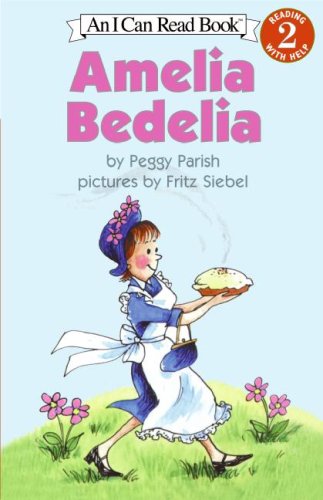Recently, I used this Prezi and a variety of children's literature to explore different types of figurative language with my 3rd graders. After reviewing the definitions and examples of one type of figurative language in the Prezi, we examined how author's use this type of figurative language in context. Sometimes, we read the entire text, sometimes we read snippets of the text, and sometimes we read the text 2 or 3 times. Some of the books we used include:
Some Smug Slug by Pamela Duncan
Amelia Bedelia by Peggy Parish
The Little Red Hen by Paul Galdone
The Little Red Pen by Janet Stevens and Susan Stevens Crummel
Bedhead by Margie Palantini
Piggie Pie! by Margie Palantini
Cloudy Chance of Meatballs by Judi Barrett
“Ode
to Pablo’s Tennis Shoes” by Gary Soto
Shel Silverstein's poems
Then students became writers themselves as they created their very own Figurative Language Flipbook. Each "flip" was designated for a different type of figurative language. The students had to include the definition of the type of figurative language, at least one original example, and a picture to support their example(s). When complete with each flip the students would assess themselves using a rubric.
This was, by far, one of the more enjoyable lessons for both me and the students that I've taught this year. Between the Prezi, the music video, the books, and the student's Figurative Language Flipbook, the students were completely engaged. The student rubric helped the student's to take ownership and reflect on their work. The students continued to sing the figurative language song throughout the day. They loved to tell me when they heard someone use figurative language or when they spotted it in a story. In fact, they loved it so much that we had to come up with a silent hand signal. To this day, when we hear figurative language we'll quietly touch our nose and smile!










